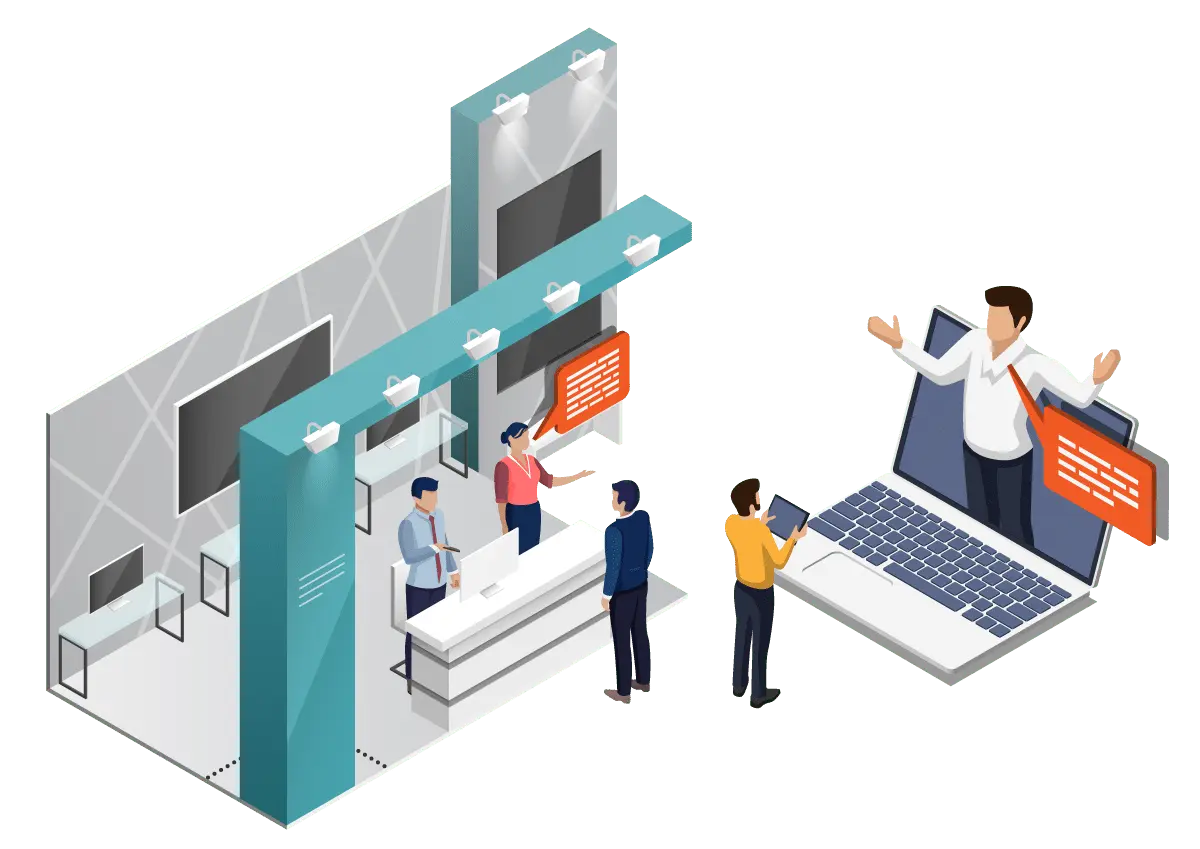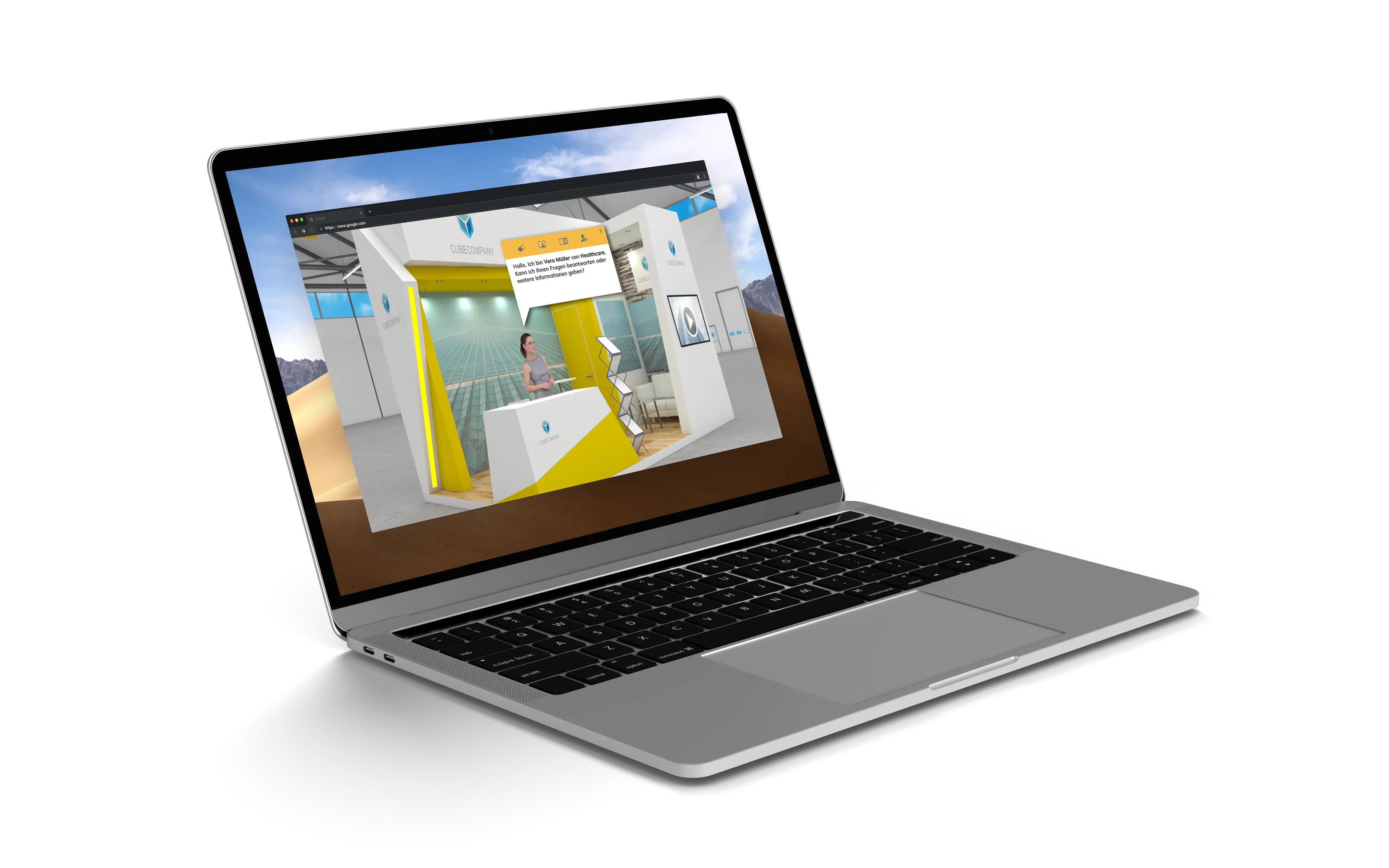Trade fairs, conferences and events are caused by shifts the pandemic online, goes online . But does that mean they are “digital” or even “virtual”? We To try to explain the differences between the new trade fair formats .
The Online Fair
By definition, the Online trade fair, a Trade fairs on the Internet Zuhause, quite Regardless of whether these one- takes place in two or three dimensions. It is the cost-effective and environmentally friendly alternative to the classic face-to-face trade fair.
The digital trade fair
The digitization of trade fairs is in vogue. Klasse trade fairs will be From the physical to the digital space. However, digital trade fairs will not depicted in any virtual space, but point out website-like structures. 360-degree product shots can also be part of a digital trade fair.
The virtual trade fair
Something seems real, but it is not. The 3-D trade fair experience distinguishes this trade fair. One– or two-dimensional concepts that depict a website-like structure and the corresponding look are digital, but by no means virtual. Compared to a zoom call. The does not findin a virtual space but at Real Participants at home, for example without virtual tables or chairs in the fictitious Meeting room. The booth in the exhibition hall on of the platform Fairsnext , however, is virtual. The booth looks like a deceptively real, real booth, but it only exists on the platform, nobody can touch it in real life, so it’s virtual.
The boundaries in the digital space are becoming increasingly blurred, which is why a clear definition is often still difficult. Nevertheless, it is possible to name certain qualities and characteristics of the various trade fair software providers in order to better differentiate the diverse offers from each other. Trade fair organisers of digital trade fair formats should therefore first compare the features and functions offered by the digital or virtual trade fair platforms. In the next step, the trade fair tool should fit the target group. The virtual space offers a clear advantage when it comes to sustainable learning effects and the experience factor in 3-D. Above all, elements of virtual reality and augmented reality enliven the so-called “extended (show) rooms” and can thus also endure as an extension of present masses in the hybrid context. A mixture of old and new, makes the appeal and also contributes to a green and environmentally friendly fair and ecological footprint.


